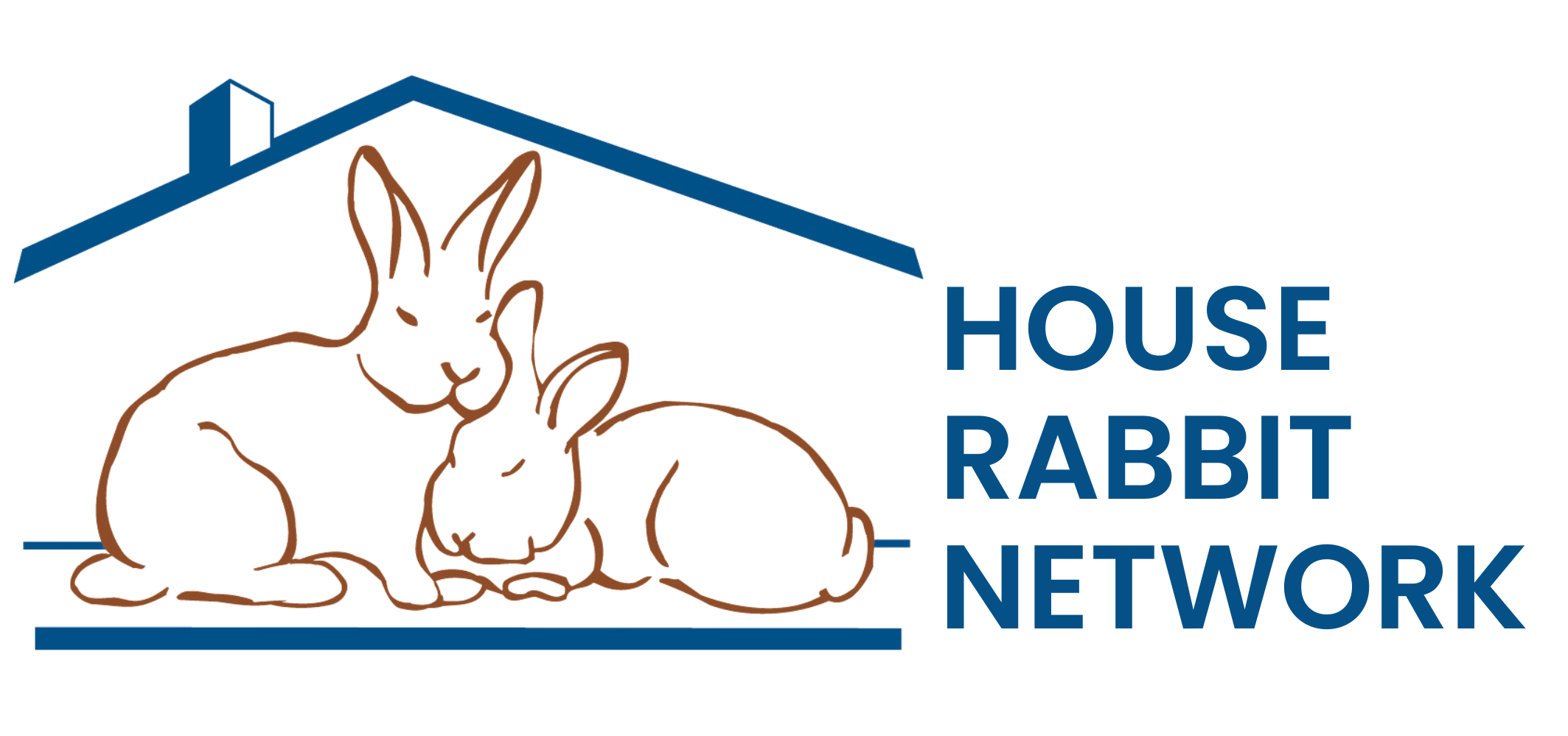The Sludgy Truth about Calcium
by Astrid Kruse, DVM
Bunnies are amazing. Aside from super soft fur, binkies, and fat tongues, they also get rid of extra calcium through their urinary system − instead of not absorbing the excess in the first place and just pooping it out, which is what most other species do. (Eat a lot of Tums, and your human urine will look the same.) Because of this funky way of dealing with calcium, some bunnies are predisposed to developing a cement-like sludge or even calcium oxalate stones in their kidneys, ureters, and bladders. However, and importantly, most bunnies no matter what the diet may never develop urinary problems. A minority of bunnies no matter what the diet will often have uncomfortable sludgy urine. You don’t know which kind of bunny you have until there is an issue.
Rabbits do have a minimum calcium requirement that is important for health, especially for bones and their continuously growing teeth. Rabbits quickly develop osteoporosis (bone thinning) in response to dietary calcium restriction, which affects the spine first, possibly causing back fractures. Many vets believe that rabbit dental disease, aside from that found in dwarf bunnies bred for abnormally-shaped skulls (cute but deformed), is partially caused by softened bones from chronic calcium and vitamin D deficiency. I see at least ten rabbits with dental issues for every one rabbit I see with urinary problems. There is some discussion that most indoor pet rabbits are actually calcium deficient since they have limited access to unfiltered sunlight for normal vitamin D metabolism, so I recommend unlimited high calcium vegetables for the normal bunny. If possible, opening windows and supervised time outside on moderate temperature days is encouraged.
Normal rabbit urine can range from yellow tinged to chalky, and sometimes comes in fabulous disturbing colors like orangey or red from the plant pigments in their diet. It may even dry into a flat, slightly crystallized mark. It is not normal when a bunny strains to urinate, urinates when the abdomen is touched, or leaves little sand dribbles like on sand castles. With any urinary signs like these, your bunny needs to see his/her rabbit-experienced vet to assess the problem and treatment options.
Bunnies that have problems with calcium in their urine should definitely be encouraged to drink as much as possible by providing fresh water in several bowls and feeding greens that are thoroughly wet, and usually need fluids injected under the skin as well. Increasing exercise as much as possible may also help by decreasing obesity, improving mobility to posture normally to urinate, and shaking up sludgy urine. Sludge bunnies should also be fed only lower calcium hays like timothy or oat (never alfalfa). Do feed low calcium, moistened leafy vegetables like romaine, and cilantro. Avoid high calcium vegetables like arugula, collard greens, spinach, broccoli leaves, celery, kale, and mustard greens
I also recommend avoiding pellets (unless there is a concern with being underweight) − pellets are a dehydrating, unnatural food. However, despite these common precautionary measures, there is no proven link between diet and urine sludge. Unless your rabbit has a urinary issue, be mindful that calcium is not evil but a necessary mineral in the diet for bone and tooth health, and normal nerve and muscle function just like in humans. Make sure your bunny gets the right amount of calcium!
